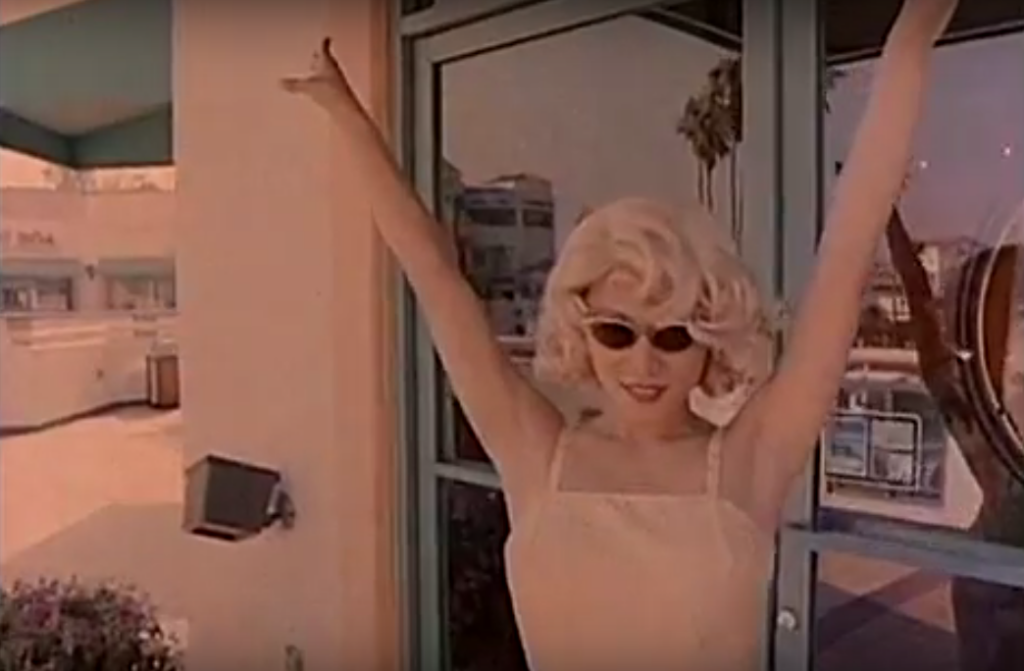The Asian American International Film Festival (AAIFF), held annually in New York, is the industry’s one-of-its-kind first and longest-running cine fiesta that is devoted to showcasing great work by both emerging and experienced Asian and Asian American filmmakers. This year, the 40th AAIFF was a week-long affair from July 26- August 6, spread over three venues. Along with screening both shorts and features films, the festival had several interesting panel discussions. In case you missed it, here’s a recap of all things AAIFF and films you should totally check out from this year’s festival.

The AAIFF’s been around for quite some time.
Although we talk of the importance of diversity and multi-ethnic representation in Hollywood as a more or less recent phenomenon, the need to promote and preserve alternate styles of filmmaking has been around for much longer. In fact, the AAIFF was the brainchild of four media activists: Peter Chow, Danny Yung, Thomas Tam and Christine Choy. They founded the Asian CineVision (ACV) in 1975.
In an industry that had little representation of Asian Americans, the organization helped raise cultural awareness about the Asian American experience, and in 1978, it celebrated the Asian American Festival, which included 46 films and videos that focused on the rising trends in Asian and Asian American cinema. The festival has continued successfully ever since.
Film “GOOK” was screened at the opening night.
The festival kicked off with the screening of “GOOK” that details the Los Angeles race riots of 1992, wherein two brothers come into contact with a young African-American girl. As per the website, “Although relations between Korean-Americans and the African-American community were hostile and flammable in 1992 Los Angeles, ‘GOOK’ showcases a relationship between the two races that was overlooked by the mainstream media.’
Some of the most incredible video shorts were showcased.
The eclectic selection this year at AAIFF included films that explored LGBTQ experiences, unique narratives from Japan, the work of under-21 media makers, the Asian in New York, and the evolution of Chinatowns. Some of the notable shorts presented were Christine Choy’s “From Spikes To Spindles”(1976), Karan Aryaman Marwaha’s “Punjab”(2016) and “Howie Lam’s Fade” (2013).
The feature films were culturally diverse as well.
For example, under “Class of 97” category, which screened films from the 1997 festival, there were gems such as the political drama “Strawberry Fields” and the thriller “Shopping For Fangs.” Other films that were well-received were Shikha Makan’s “Bachelor Girls”(2016) and Li Yuhe’s “Absurd Accident” (2017). In short, there was something for everyone, irrespective of genre.
The AAIFF also provided an interactive platform for further collaboration and dialogue
In this age of globalization, where cultural appropriation often goes unacknowledged, the AAIFF arranged for relevant panel discussions, Q&A sessions with directors and designers as well as a high-profile competition for those whose voices are neglected by the mainstream media. The panel discussion on “Women Take Charge” probed what it’s like to be a female filmmaker working in the media industry. Another set of directors examined the “Asian American New Wave” trend, and the encounter of young Asian Americans with the western culture that both allures and marginalizes them. There was also a special screenplay reading of “Helen Ever After” that focused on a trans woman’s coming out story.
In an age where cinema is still largely dominated by Hollywood, the 40th AAIFF’s grand success points out that there are alternative ways of storytelling that are just as important and interesting as their mainstream counterparts and that culturally-diverse experiences must be acknowledged as well.
Ready to learn more about filmmaking in a diverse and nurturing environment? Check out our filmmaking programs at New York Film Academy.